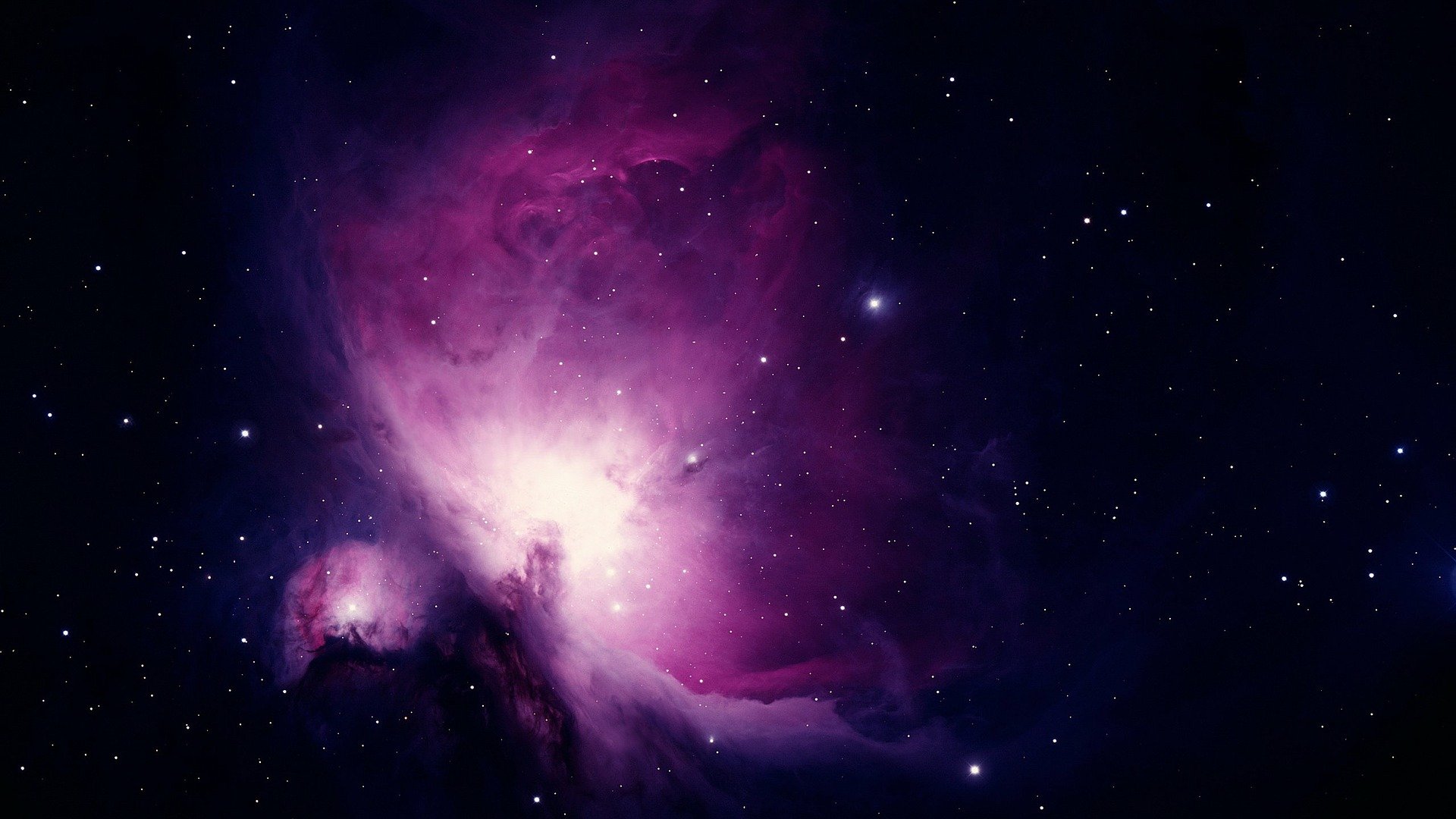PH556 - Astrophysics

Instructor
Prof. Varun Bhalerao
Semester
Spring ‘20
Course Difficulty
The course covered a lot of content because of 1.5h lectures but the difficulty level was moderate. Sir ensured that doubts were answered (either in class or post class on the discussions channel).
Time Commitment Required
2-2.5 hours per week
Grading Policy and Statistics
AA 5
AB 2
AU 4
BB 11
BC 9
CC 4
CD 3
DD 5
FR 3
W 1
Attendance Policy
No attendance policy.
Pre-requisites
Basic trigonometry and high school physics (electromagnetism, Plank’s radiation law, Wein’s law)
Evaluation Scheme
Midsem: 20%
Endsem: 20%
Project: 40%
Assignments (equal weights): 20%
Topics Covered in the Course
Topics covered by sir:
Stars, stellar evolution, binaries, coordinate systems in astrophysics, telescopes, detectors, orbital mechanics, distance scales and the size of the solar system, high energy astrophysics
Guest Lectures:
Cosmology, radio astronomy, asteroids and gravitational waves
Teaching Style
Sir ensured that the 1.5h lectures were not monotonous at all. While the primary medium of instruction was using slides (+ notes), sir would use interactive simulation and graphic softwares to explain the topics better. He would actively ask us about updates on our projects and would take up discussions on general astrophysics as well. The lectures were all well planned and the resources were shared in a very organised way on Moodle.
For the second half of the course, sir called in speakers from various places (IUCAA, Caltech, etc.) to give lectures on topics they specialise in. This gave a very rounded flavour of astrophysics and were also very enjoyable.
Tutorials/Assignments/Projects
Sir took a total of 2-3 classes of problem solving where he would also solve the problems with us. This way, he did not go too fast and also ensured that we arrived till the final answers.
The assignments were mainly drawing graphs and plots (light curve of a binary or orbit of an asteroid) based on real astrophysical data and interpreting them in terms of errors, orbital parameters and so on. He would ensure that each student got a unique celestial body so that there was no copying (although, discussing approachers were highly encouraged).
The project was a major component of the course. It involved studying a class of objects in astrophysics and then coming up with a proposal to observe a single object from that class using the Growth India Telescope. We had to perform feasibility checks and also report the number of images we would need. Then, we had to use various data analysis and photometry tools to obtain the magnitudes and post process the information to reach out goal (for instance, to calculate the distance and approximate temperature of the star).
Feedback on Exams
Midsem and endsem (since both had the same format)
The midsem was open notes (handwritten only) and had questions that required the students to make appropriate assumptions and inferences. All the questions were real life application based problems and generally had multiple subparts (so it helped for partial marking). It was focussed on numericals but also had a few conceptual questions.
Motivation for taking this course
Being a part of IITBSSP, I had an inclination towards space science. We had also covered orbital mechanics in the team and it developed my interest to explore further. Having heard really good reviews of the course and the instructor, I decided opt for it.
Course Highlights
The gives a very good overview of astrophysics and the various fields where research is going on. The project given us a hands on experience of data analysis in the context of physics and the professor makes sure that the course is fun.
Course Importance
The course is a must for anyone who is interested in astronomy and wants to know the various opportunities available. The research opportunities are manifold, ranging from gravitational wave detection to cosmology and deep space. People can also focus on the engineering and optics aspect including telescopes and detectors.
How strongly would I recommend this course?
The course is a must for anyone who is interested in astronomy.
When to take this course?
I took the course in my sixth semester. The course had students across several batches (second year to fifth year) so I don’t think there’s any particular ‘ideal’ time as such.
Going Forward
People can also take courses related to general relativity and can also explore the various events held by Krittika. Projects under professors (not only IIT Bombay, but also IUCAA and the like) can be taken up.
References Used
An Introduction to Modern Astrophysics - Book by Bradley W Carroll and Dale A Ostlie
Other Remarks
None
Interesting relevant links
Sir uploaded the course videos on Youtube (https://www.youtube.com/playlist?list=PLDFtWPSJTvnK-RgoLRxm7H44k_5zs1sYE)
PH 556 Review By: Bhavini Jeloka